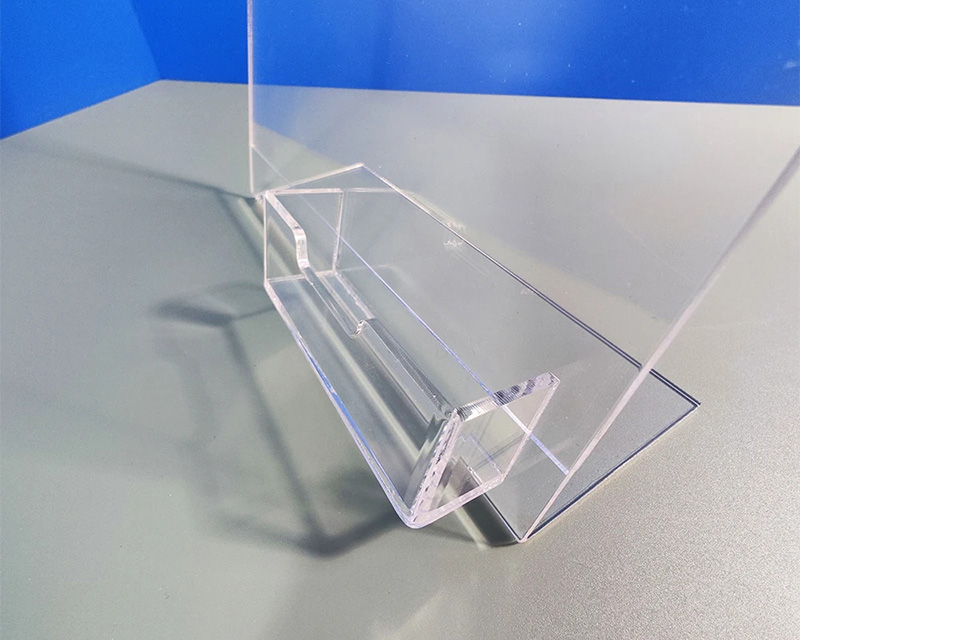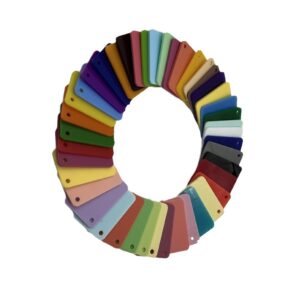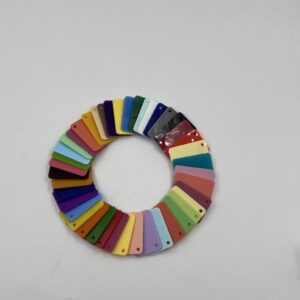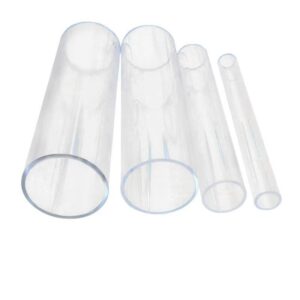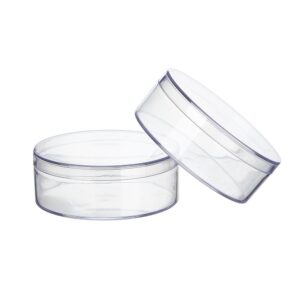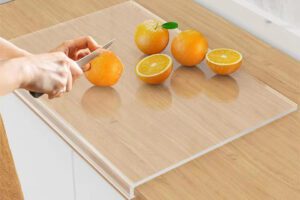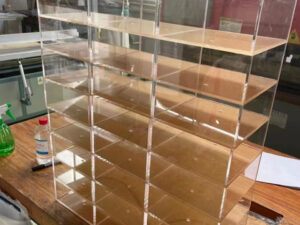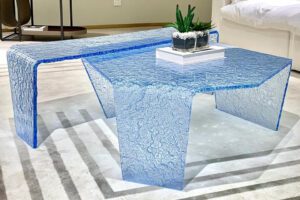Summary
Acrylic color customization refers to the techniques and practices that artists use to modify and create unique colors within the acrylic paint medium. This process is significant in the art world, as it allows for a high degree of creative expression and personalization, enabling artists to achieve specific shades and tones that are not readily available in commercial paint lines. Acrylics are valued for their versatility, quick drying time, and compatibility with various surfaces, making them a popular choice among both amateur and professional artists alike.
Table of Contents
The customization of acrylic colors involves a deep understanding of color theory, including the relationships between primary, secondary, and tertiary colors, as well as the principles of additive and subtractive mixing. Artists can manipulate the properties of acrylic paints, such as tinting strength and opacity, to create custom colors tailored to their artistic vision. Challenges in this practice include the varying pigment concentrations in different grades of acrylics, the fast-drying nature of the medium, and the necessity for proper surface preparation to achieve the desired effects.
Notably, there are controversies surrounding the use of specific pigments, particularly regarding the safety of certain inorganic pigments that may contain heavy metals, posing health risks during preparation despite being generally safe once dried. Additionally, artists often grapple with balancing the durability of their custom colors against the quick setting time of acrylic paints, which can complicate blending and layering techniques.
Overall, acrylic color customization is an essential skill for artists, enhancing their ability to express individuality through color while navigating the technical challenges that arise in the process. By understanding the nuances of color mixing and the properties of various pigments, artists can create distinctive and lasting artworks that resonate with their personal style and intent.
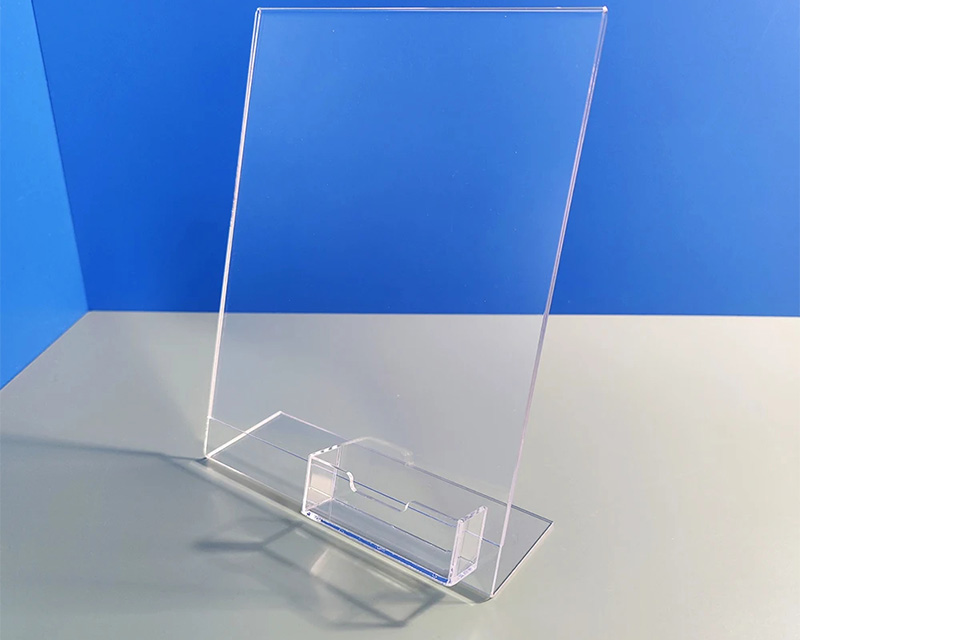
Types of Acrylic Colors
Acrylic paints come in various formulations designed for different applications and artistic needs. Each type of acrylic offers unique properties, allowing artists to choose the most suitable medium for their projects.
Artist and Student Acrylics
Artist acrylics are professional-grade paints known for their high pigment concentration, which enables greater manipulation of the medium and minimizes color shift upon drying. These paints are resistant to chemical reactions from water, ultraviolet light, and oxygen, making them durable for various applications. In contrast, student acrylics have similar working characteristics but contain lower pigment concentrations and are typically less expensive. They are designed to be mixed effectively, although their color strength is lower, and more expensive pigments are often represented as hues.
Specialty Acrylics
Interactive Acrylics
Interactive acrylics allow artists to extend their working time by delaying the drying process, making it easier to blend colors wet-on-wet. This characteristic makes them versatile for various techniques, combining the fast-drying nature of traditional acrylics with added flexibility.
Exterior Acrylics
Exterior acrylics are specifically formulated to withstand outdoor conditions, providing excellent adhesion and resistance to water and ultraviolet light. These paints are ideal for architectural murals, outdoor signs, and faux-finishing techniques, ensuring durability in harsh environments.
Acrylic Glass Paint
Acrylic glass paint is a water-based and semi-permanent option suitable for temporary displays on glass surfaces. Its unique formulation allows for easy application and removal without damaging the underlying surface.
Acrylic Enamel Paint
Acrylic enamel paints create a smooth, hard shell and can be either air-dried or oven-baked. They are known for their permanence when kept away from harsh conditions, making them suitable for various artistic and functional applications.
Fluid and Specialty Inks
Acrylic ink is more fluid than traditional acrylic paints and contains finely ground pigments suspended in an acrylic emulsion. This allows for versatile application using brushes, pens, or airbrushes, resulting in intense colors with a high gloss finish. Additionally, open paints that mimic oil paints allow for longer drying times, facilitating techniques like color blending on the canvas.
Other Variations
Acrylics are also available in metallic colors, designed to replicate the appearance of natural metals, and can feature various coatings, such as antimicrobial and scratch-resistant finishes. These innovations enhance the versatility of acrylic paints, allowing artists to achieve diverse effects and durability for their artworks.
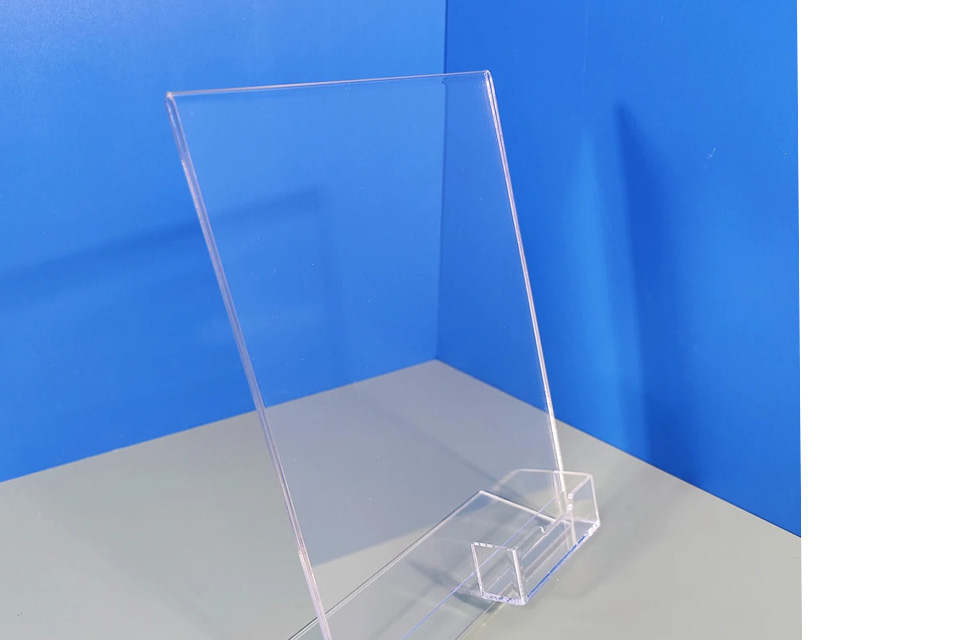
Tools and Materials
To effectively customize acrylic colors, artists require a variety of tools and materials that facilitate the mixing and application processes. These supplies can be broadly categorized into mixing tools, application implements, and surfaces.
Essential Mixing Supplies
A primary requirement for customizing acrylic colors is a mixing palette. This can be any non-absorbent surface such as a glass palette or even flat kitchen tiles, which are easy to clean and allow for effective paint scraping after use. The use of a palette knife is highly recommended for mixing paints as it provides better control and prevents clogging compared to brushes. A metal spatula or palette knife can be employed to blend pigments thoroughly and create new hues.
In addition to a mixing surface, having a selection of dry pigments is essential for creating unique colors. Artists can combine these pigments with an acrylic medium to form customized paints. A Natural Paint Mixing Tools Kit may also be beneficial, as it includes items such as a glass muller and palette knife, facilitating the production of non-toxic paint mixtures.
Brushes and Cleaning Supplies
Artists should invest in a variety of brushes, including synthetic round and flat brushes in different sizes, to achieve diverse painting techniques. A cup of water is necessary for rinsing brushes between colors to maintain clarity and prevent color contamination. Since acrylic paints are water-based, cleaning brushes and palettes requires only soap and water, making the process relatively simple compared to oil paints.
Painting Surfaces
Acrylic paints can be applied to various surfaces, provided they are free of wax and oil. Suitable surfaces include canvas, paper, cardboard, plastic, metal, glass, wood, and stone. It is essential that the chosen surface is clean and prepared adequately for optimal paint adhesion and vibrancy.
Additional Considerations
Acrylics are known for their quick drying time, which necessitates a swift working pace during the painting process. Therefore, artists should manage their time effectively to ensure that they can complete their work before the paint sets. While the versatility of acrylics allows for a wide range of techniques, it’s crucial to avoid overloading paint with water, as this can dilute the color and weaken the finish.
By gathering the right tools and materials, artists can effectively customize their acrylic colors and achieve desired artistic outcomes.
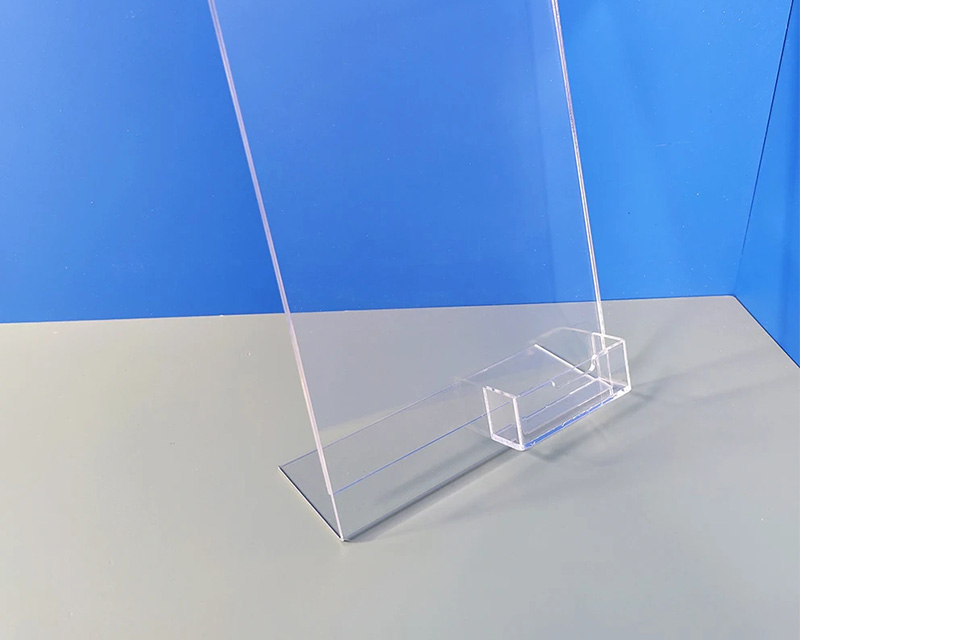
Applications of Custom Acrylic Colors
Versatility in Mixed Media Art
Custom acrylic colors are integral to mixed media art, allowing artists to achieve a broad spectrum of effects and finishes. They can be used on various surfaces such as canvas, paper, wood, and fabric, providing flexibility in creative expression. Artists often combine acrylic paints with materials like watercolor, ink, and texture paste to create unique artworks that reflect their personal styles and techniques.
Interactive Acrylics
One popular application of custom acrylic colors is in interactive acrylics, which are designed to allow artists to manipulate drying times. These colors enable artists to wet blend and work longer on their pieces without the paint drying too quickly. This characteristic is particularly beneficial for artists who require more time to blend and layer colors effectively.
Outdoor Applications
Custom acrylic colors also find applications in exterior settings, where durability and resistance to environmental factors are essential. Exterior acrylics can withstand harsh weather conditions, making them suitable for architectural murals and outdoor signage. The enhanced resistance to water and ultraviolet light ensures that artworks remain vibrant over time, even in exposed locations.
Glass and Enamel Paints
Another significant application involves acrylic glass paint, which is suitable for temporary displays on glass surfaces. This semi-permanent paint allows for creative advertising and artistic expressions on windows. Additionally, acrylic enamel paint creates a hard, smooth finish, making it ideal for items that require durability and resistance to wear, such as ceramics and crafts that may be subjected to washing.
Techniques and Customization
The customization of acrylic colors allows artists to experiment with various techniques, including glazing and layering. By adding mediums like GOLDEN Acrylic Glazing Liquid, artists can create translucent layers, enriching the visual depth of their artworks. Moreover, mixing custom hues can lead to unique color combinations that may not be available in standard paint lines, giving artists the freedom to express their individual artistic visions.
Challenges in Acrylic Color Customization
Customizing colors with acrylic paints can present several challenges that artists must navigate to achieve the desired results.
Pigment Concentration
One of the primary issues stems from the varying pigment concentrations in different grades of acrylics. Professional-grade acrylics contain higher pigment levels, which allow for more robust color manipulation and minimal color shift after drying. In contrast, student-grade acrylics have lower pigment concentrations and are often formulated with less expensive hues, which can affect the mixing characteristics and final color outcomes. This disparity can make it difficult for artists to achieve specific colors consistently.
Drying Time
The fast-drying nature of acrylics is both an advantage and a challenge. While it allows for quick layering and building of textures, it can also hinder color blending and customization. Once acrylics dry, they become less workable, making it essential for artists to plan their mixing and application strategies carefully. Although acrylic retarders can be used to slow the drying process, overuse can lead to incomplete drying, complicating the painting process.
Color Mixing Techniques
Understanding color mixing techniques is crucial for successful customization. Artists must familiarize themselves with both subtractive and additive mixing methods to create the desired hues. Subtractive mixing involves combining pigments to absorb light, which can sometimes result in muddy colors if not executed carefully. Additionally, artists often struggle with achieving the right tinting strength—how a color alters another when mixed—since weaker tinting colors may yield pastel shades, while stronger ones create more vibrant mixtures.
Layering Challenges
When working with acrylics, the practice of layering can be tricky. The quick drying time can make it difficult to blend colors smoothly or to create gradients, leading to stark transitions rather than the desired soft blends. Artists must develop techniques to work in thin layers and gradually build depth, but this requires experience and practice to master.
Surface Priming
Finally, the choice of surface and its preparation significantly affects color customization. Different surfaces can alter how colors appear and mix. For example, surfaces with varying absorbency will interact differently with the paint, impacting the final look of the customized colors. Therefore, selecting the appropriate priming and painting surfaces is critical for achieving the intended results.
Quality Control in Acrylic Paint Production
Quality control is essential in the production of acrylic paints to ensure that they meet defined standards for performance and reliability. This process involves a series of evaluations and tests on raw materials and finished products to maintain consistent quality throughout manufacturing. Acrylic paints are comprised of a mixture of pigments, extenders, additives, resins, and solvents, each contributing to the paint’s overall properties such as color, coverage, and protection when applied to various surfaces.
Parameters for Evaluation
Quality control testing assesses several key parameters, including viscosity, drying time, color accuracy, and adhesion properties. Viscosity control is particularly critical, as it can impact the ease of application and the final texture of the paint. Manufacturers often utilize automatic process viscosity analyzers to monitor viscosity in real-time, allowing for immediate adjustments and reducing the risk of defects due to variations in product consistency.
Drying time is another crucial aspect influenced by environmental factors like humidity and temperature, which can affect how acrylic paints cure and adhere to surfaces. Rigorous testing ensures that the paints perform well under different conditions, thereby minimizing issues such as improper drying or surface defects.
Identifying Defects
Defects in acrylic paint can arise from various issues, including improper mixing, contamination, and formulation errors. Quality control processes are designed to identify and rectify these defects early in production to avoid costly waste and rework. Continuous monitoring throughout the manufacturing process helps in maintaining the integrity of the paint, ensuring that each batch meets the high standards expected by artists and consumers alike.
Importance of Quality Control
The role of quality control in acrylic paint production is vital for delivering high-quality products that perform consistently. By implementing stringent testing protocols and maintaining a close watch on raw materials and production conditions, manufacturers can produce acrylic paints that not only meet aesthetic requirements but also endure in terms of performance and durability.
Pigment Types and Their Properties
Acrylic color customization heavily relies on the choice of pigments, which can be broadly categorized into two main types: organic and inorganic pigments. Each type has distinct properties that influence color performance, transparency, opacity, and overall application in acrylic paints.
Inorganic Pigments
In contrast, inorganic pigments are derived from natural minerals and metal oxides, which impart a more matte and opaque finish to the paint. Common inorganic pigments include Titanium Dioxide, Iron Oxide, and Chrome Oxide Green, all of which are known for their excellent weather and UV resistance. These pigments are dense and mix easily into acrylic binders, allowing for higher pigment loads without compromising the paint’s stability. However, many inorganic pigments contain heavy metals, which pose health risks during preparation, although they are generally safe once incorporated into dried paint.
Organic Pigments
Organic pigments are primarily carbon-based compounds known for their bright and vivid colors. They are synthesized through complex chemical processes, resulting in pigments like Quinacridone, Phthalocyanine, and Azo pigments, which offer high transparency and are valued for their stability and UV resistance. However, these pigments can be more challenging to mix due to their finicky nature, often resulting in a thicker consistency if used excessively. Organic pigments generally exhibit a glossy finish when dried and allow for rich glazing techniques, making them suitable for various artistic applications.
Comparison of Properties
Lightfastness and Permanence
Lightfastness, the resistance of pigments to fading when exposed to light, is a crucial property for artists. Organic pigments like Phthalo Blue exhibit excellent lightfastness, ensuring long-lasting vibrancy. Inorganic pigments also tend to have good lightfastness, although their permanence can vary based on the specific pigment and its chemical makeup. Ensuring that selected pigments are stable and maintain their color over time is essential for the longevity of the artwork.
Opacity and Transparency
Pigments can also be classified based on their opacity and transparency. Organic pigments are often semi-transparent to transparent, while inorganic pigments are generally opaque. This distinction is vital for artists who seek to achieve specific layering effects in their work. For instance, combining transparent organic pigments with opaque inorganic ones can create depth and complexity in a painting.

